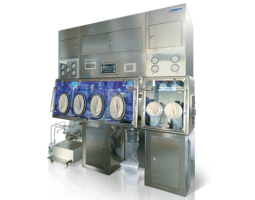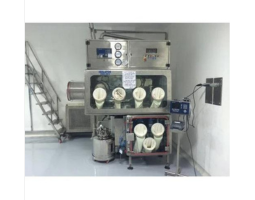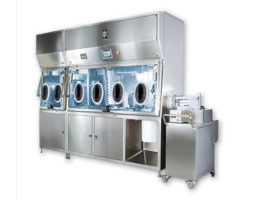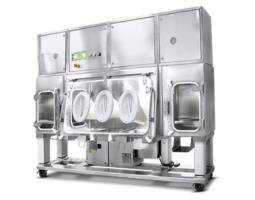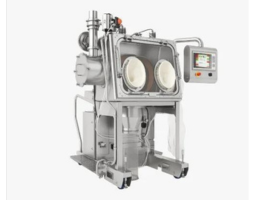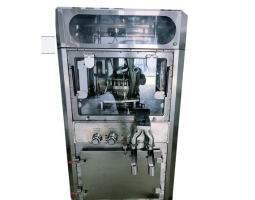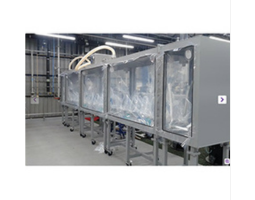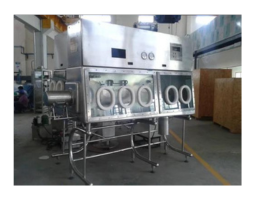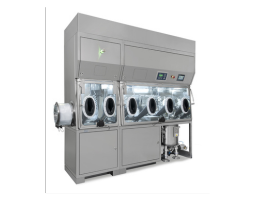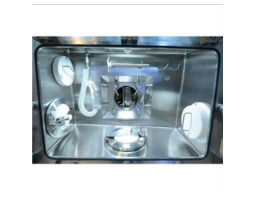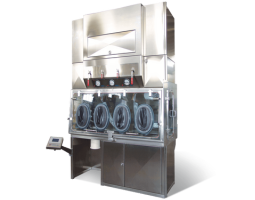• An isolator is an arrangement of physical barriers that are integrated to the extent that the isolator can be sealed in order to carry out a routine leak test based on pressure to meet specified limits. Internally it provides a workspace, which is separated from the surrounding environment. Manipulations can be carried out within the space from the outside without compromising its integrity.
ASEPTIC AND CONTAINMENT SOLUTIONS
• The term ‘Isolator’ as used in the Pharmaceutical Industry covers a variety of pieces of equipment. One group has the main objective of providing containment for the handling of dangerous materials either aseptically or not. Another group has the main objective of providing a microbiologically controlled environment within which aseptic operations can be carried out. Containment isolators often employ negative internal air pressure and most isolators used for aseptic processing employ positive pressure.
• A sporicidal process, usually delivered by gassing, can be used to aid microbiological control. Some large scale isolators provide an opening, often called a mousehole, to permit continuous removal of sealed product. Other isolators remain sealed throughout production operations. The capability for the isolator to be sealed allows operations to be carried out in controlled gaseous environments e.g. anaerobic conditions.
• Aseptic operations can include sterility testing or aseptic processing to produce medicinal products. This Recommendation deals mainly with the provision of a microbiologically controlled environment for aseptic processing for producing medicinal products labelled as sterile. The principles necessary to assure a microbiologically controlled environment for production, are also appropriate, in most cases, for isolators used for sterility testing.
• Controlled environments for aseptic operations are currently mainly provided by conventional clean rooms, of Grade B, containing workstations, of Grade A complying with the PIC/S and EC guide to GMP. A smaller number of controlled environments are provided by clean rooms, of Grade D or better containing equipment called isolators providing a Grade A environment. When isolators are used for sterility testing there is no formal requirement for them to be placed in a Grade D environment. The environment should be controlled e.g. allow access only to trained staff, but not necessarily classified.
• Isolators could be seen as a more encompassing development of the barriers used in conventional clean rooms. The clean room barriers evolved from plastic flexible curtains through to rigid barriers with glove ports. The objectives of barriers are to increasingly separate the surrounding clean room including the operator from the critical zone where aseptic operations are carried out and sterile materials are exposed. When the degree of containment is nearly complete, the sporicidal procedures used for many years in other applications could be applied without harming the operators.


